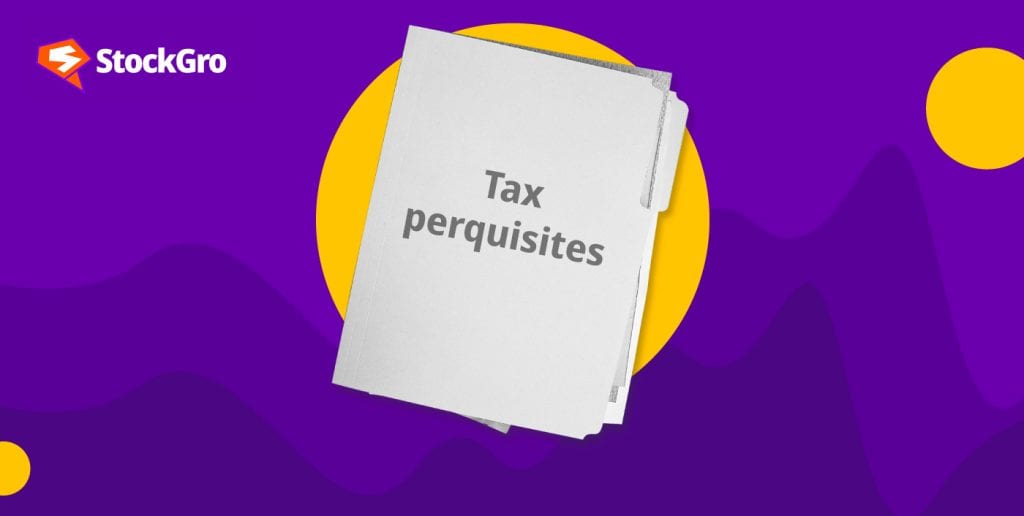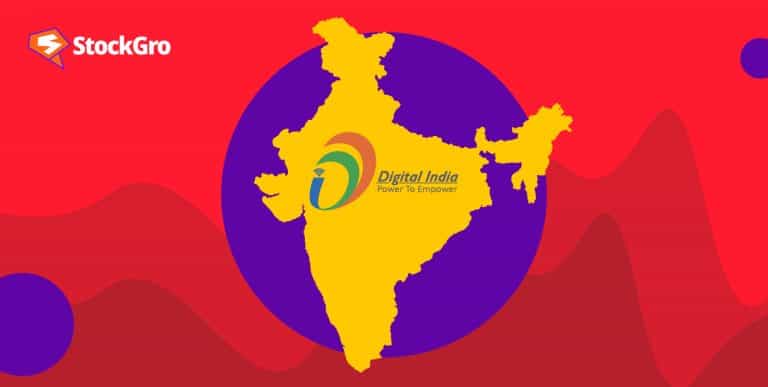
Perquisites, also known as perks or fringe benefits, perquisites are a significant component of an employee’s remuneration package. They can be anything from free accommodation to a company car beyond the usual wages.
Both employees and employers need to understand the tax consequences of perquisites in income tax so they can meet revenue obligations imposed by law and minimise their tax burden at the same time.
This article will examine the meaning of perquisites in income tax, their taxability, and their value.
What are the perquisites in income tax?
What do you mean by perquisites in income tax? Other than their average salary, employers may also provide an employee with what is defined as perquisites in income tax. Examples of such perquisites are free housing, club memberships, cheap or free meals, and subsidised loans to employees from their employers.
Also read: The concept of EPF – All you need to know about this tax-saving fund
Types of perquisites in income tax:
Taxable perquisites: These benefits are all fully tax-chargeable as they are considered benefits-in-kind. For example, the employee will be fully charged to tax for rent-free accommodation and reimbursement of domestic expenses. A company car provided for personal use is also taxed on the full scale.
Partially taxable perquisites: Some benefits can only be partially charged depending on some terms/conditions. Employee stock options might be taxable when exercised.
Non-taxable perquisites: Tax-free perquisites may include medical facilities supplied to employees or welfare plans for staff members.
Details about these benefits would be included in your payslip received by the employer. Under the head income from salary, perquisites are taxable alongside the salary income. Net salary, thus calculated, is taxable at the applicable slab rate. To calculate your taxable income, you can easily use an income tax calculator.
Exemptions on perquisites
Certain perquisites are exempt from taxation:
- Medical treatment:
- Medical treatment is provided in employer-managed hospitals.
- Specified diseases are treated in government or government-approved hospitals.
- Outside India, also going for medical treatment, including travel and stay expenses for employees and one attendant subject to conditions.
- Insurance:
- Insurance premium paid by employer (employer) towards health insurance of employees under an approved scheme.
- Premium paid by employer (employer) towards life insurance policies of employees.
- Use of vehicle: It is not a taxable perquisite when an employee uses a vehicle provided by the employer for commuting between the office and home.
- Accommodation for short transfers: Where there is a transfer of an employee, accommodation in a hotel for up to 15 days will not be treated as a perquisite.
- Contribution to retirement funds: Contributions made to recognised provident funds, superannuation funds and certain pension schemes are exempted up to prescribed limits.
You may also like: Insurance 101: How to protect yourself and your assets!
Valuation of perquisites
The following are the valuation details of a couple of the perquisites available, according to Section 17 of the Income Tax Act 1961.
- Value of rent-free accommodation
Assessment is based on licence fees for residential accommodation adjusted by individual rent for central and state government employees.
| City population | Perquisite value (%) |
| Above 25 lakh | 15% |
| 10 lakh – 25 lakh | 10% |
| Below 10 lakh | 7.5% (or 15% of employee’s compensation, whichever is lower) |
This value equals the furnished housing cost plus an additional ten per cent on the furniture. The rates are modified if the furniture is rented out, which will also account for the organisation’s lease payments. It is worth either hotel charges or twenty-four per cent of the salary of an employee, whichever is lower.
- Value of motor car provided by the employer
If the car is technically owned by the employer and used only for official purposes, then the benefit value will be taken as zero, provided proper documentation exists.
If the employer pays for all operating and maintenance expenses as a benefit in kind. In that case, their value depends on the cubic capacity of the vehicles:
| Up to 1.6 litres (₹) | Over 1.6 litres (₹) | |
| Employer cover expenses | 1800+900 (chauffeur) | 2400+900 (chauffeur) |
| Employee cover expenses | 600+900 (chauffeur) | 900+900 (chauffeur) |
When employees own the car and pay it back to their employers after official usage, no value is attributed in case proper documentation exists. If refunds arise from official and personal use, these amounts reduce the actual employer’s expenses.
However, no value is assigned if reimbursing personal vehicles used by an employee for official purposes with proper documentation. If this is mixed-use, actual employer expenditure will be considered but reduced by ₹900.
Bottomline
Employers can effectively structure pay plans by having good knowledge of tax treatments of perquisites, observing the tax regulations, and providing valuable benefits to their staff.
Similarly, an improved comprehension of how such gifts affect workers’ taxable income would help them make better financial plans. It makes it possible for both sides to harmonise payments and use taxes optimally via employment benefits intricacies.
Further reading: F&O trading income tax: Your guide for filing ITR without slip-ups
FAQs
- What is income tax valuation?
Income tax valuation is a process of determining the income value subject to taxation generated by both persons and businesses. Governments levy income taxes to fund public services, meet obligations and provide goods. Personal income tax applies to salaries, wages and similar incomes. Business income taxes apply to corporations, partnerships, small-scale business entities, and self-employed individuals. This process involves determining fair market values, exemptions, deductions and credits to come up with a precise amount of tax liabilities. The goal is transparency, compliance, and equitable compensation.
- What is the rule 11UA valuation?
Rule 11UA of the Income Tax Rules, 1962 deals with the procedures for valuing certain types of assets for use in tax purposes. It is most applicable when determining the market value of unquoted equity shares and other assets. The rule prescribes different modes of valuation, including net asset value (NAV), to ascertain FMV, thereby guaranteeing a correct measure of taxation primarily concerning gift tax, transfer pricing and other related tax matters.
- What is the difference between allowance and perquisites?
Perks are additional benefits on top of one’s usual salary called allowances or perquisites, but these terms differ in nature and regulation. Allowances cover specific expenses and are paid periodically, like the dearness or entertainment allowance, while perks include non-cash benefits for top executives or particular employees. Allowances boost take-home pay but can increase tax liability. Conversely, perks enhance overall compensation with facilities like company cars or health insurance.
- Is gratuity a perquisite?
Gratuity is not a perk but a post-service benefit under the Payment of Gratuity Act 1972. It is given to eligible employees as a lump sum payment when they retire, resign or die. It is calculated using the employee’s salary and service years, with the employer contributing to the gratuity fund. Gratuities are not necessarily a perk but comprise part of the pay packet. They are meant to ensure the long-term financial security of employees after their retirement or separation from employment.
- What is DA in salary?
Dearness allowance is an element of the salary paid to government and public sector employees in India. DA is a cost-of-living allowance that helps workers protect themselves from inflationary pressures. The DA typically represents a proportion of the basic pay and gets changed regularly, relying on the consumer price index. Nevertheless, it is wholly taxable under the Income Tax Act, but there are provisions to cut down on this tax liability through exemptions and deductions.

